|
After our run-in with the authorities in northern Arizona, we relocated to the greater Phoenix area so Bob could pitch in on the annual heavy maintenance for the B-25 WWII bomber at the Commemorative Air Force. Being in the Valley of the Sun also provides ample opportunity to catch up with family and friends in the area. Normally, when we set up the trailer, we get it situated and then press a button for it to magically auto-level itself. We did that like normal, but we kept getting an error. Tagalong would start to level but would quit before reaching that point. So, we tried again. And again. And again. We had stayed at the same RV park last year and not encountered this problem. We couldn’t figure out why Tagalong couldn’t get his equilibrium. The Doctor Is In After two hours of the 90-degree sun beating on us, leaving us dehydrated, we finally enlisted the help of a park host. He recommended we give the leveling motors a rest and then slowly raise the trailer’s front legs, a little bit at a time. To do that, we needed to isolate the controls for the six stabilizing jacks. Our Lippert Components auto leveling system has buttons for up, down, auto-level, retract all, and hitch height. The up and down buttons only control the front two stabilizers. A phone app lets us control the back and middle sets as well. But we needed even more control in this situation. Bob crawled inside the storage compartment we affectionately call the cellar and played with the leveling system wires to get the rig to do what we wanted. We used a level to manually bring the trailer to a level state inch by inch. Much to our surprise, it worked. Things Aren’t Always as They Appear
Relieved, we considered the job done and set up, connecting to electric, water, and sewer. When we went to open our stairs to get inside the rig, they hit the door frame, indicating we weren’t quite as level as we thought. The slideouts also resisted as we pushed them open. And, from the road, the trailer looked off side to side. After the fiasco we had gone through to set up our rig in this location, we decided to leave it. After a few days like that, however, Bob worked on getting Tagalong more accurately level. And he succeeded in less than a half hour’s time — and even reprogrammed the Lippert system to know what level is. Now, the trailer looks and feels level. We learned something vital in the process. Apparently, the nose of the trailer is supposed to be higher than the tail before attempting the auto-level feature. This came as news to us as there have been a number of times we didn’t follow that practice. Now we know. Decisions, Decisions Wanting our leveling challenges to be completely behind us, we face a dilemma:
Relocating every week or two makes for a lot of ups and downs for the jacks and their motors. Do we want to risk not being able to get level while boondocking in the middle of nowhere next year? Our present location affords us the opportunity to receive a package of parts and the time to do the work to change out the motors and jacks. Bob has the mechanical know-how to complete the job. Perhaps that’s what we should do. The verdict is still out. For now, we’re happy Tagalong is over his vertigo.
5 Comments
If something seems too good to be true, it probably is. That truth should have been enough to clue us in when we decided to set up camp in a parking area near an off-highway vehicle (OHV) trail in a national forest in northern Arizona. But it wasn’t. We had scouted other potential camping spots in the area, but because we arrived on a rainy day, most were muddy. We didn’t want to risk getting stuck again. After searching for and not finding any no camping signs in the OHV staging lot, we set up Tagalong in the deserted area. Its gravel-topped, mostly level surface offered a welcome alternative to the muddy spots. A Knock at the Door We experienced two days and two nights with no problems, other than a few cows inspecting our digs on their way to the rain-made water holes near us. Then on the third day, a Game and Fish truck arrived. It stopped at the bulletin board we had examined for no camping signs, so we didn’t think much of it. We had seen other cars pull up to the bulletin board too. The game warden proceeded to another area a few yards away, where a vertical white “sign” stood. From there, he relocated to park directly in front of our rig. Then, a rap on our door announced his presence. The officer informed us we couldn’t camp in that location. Bob explained that we didn’t see any signs stating we couldn’t. The officer pointed out a very faded one standing at the other end of the parking area — not near the prominent bulletin board full of pertinent information. He and Bob had a cordial conversation about trailers and hunting, and the officer graciously gave us until the next morning to find a new campsite. On the Hunt We closed Tagalong’s slideouts and hopped in Gulliver to scout a new location. The game warden had told us about some good spots on the other side of town, about a half hour away, that would have room for our big rig and offer the cell service needed for me to work successfully. We checked them out and seriously considered relocating to that area. As we headed back to Tagalong, we decided to search more in the vicinity where we had already been parked. After all, it was closer to our longtime family friends, Neil and Leanna, who were the main reason we were in the area at all. To move to the other side of town would kind of defeat the purpose of our stay there. We drove down another forest road and found a decent site, absent of no camping signs, that looked promising. But once again, it seemed too good to be true. We realized that since we would be in a pullout area off the road, we would still technically be on the road. And we didn’t want to get another visit from the game and fish officer, even though he was very nice. So, we explored another site a short distance from Tagalong’s current location. Ironically, it was the first spot Neil and Leanna had shown us when we arrived in their neck of the woods. That day, the site had been quite muddy — and occupied by cows. This day, however, the sun had been out and dried much of the mud. We hooked up Gulliver to Tagalong and relocated to the spot, thankful to still be camping for free. (A state campground in the area wanted $70 per night.) Camping with the Cows Ear-tagged cows roam the Apache-Sitgreaves National Forest in northern Arizona. They wander around, grazing on plant life, drinking from puddles, and chilling in fields. Evidently, we had crowded their territory when we set up our second campsite. And they let us know. I watched them through our bedroom window as a couple of them rubbed their heads on Gulliver’s frame, looking for itch relief. When Bob heard they were near the truck, he opened the trailer door, and they bolted. He shooed the stragglers away to discourage them from hanging out with us. The next morning, I spotted eight cows a few yards from our front door. When I opened the door to deter them from lingering, they just stared at me. As soon as I closed the door, they went back to their grazing. And then they moseyed on. The cows were harmless, and we got along just fine. Their presence added to the wilderness ambiance of the site, which was farther off the main road and much quieter as a result. We were able to take advantage of hiking trails in the area and run our generators to charge our batteries without annoying anyone.
Although it got off to a rough start, our first solo boondocking experience in Tagalong, without Tom and Molly, turned out great. |
AuthorThis is the travel blog of full-time RVers Bob and Lana Gates and our truck, Gulliver, and fifth wheel, Tagalong. Categories
All
Archives
July 2024
|
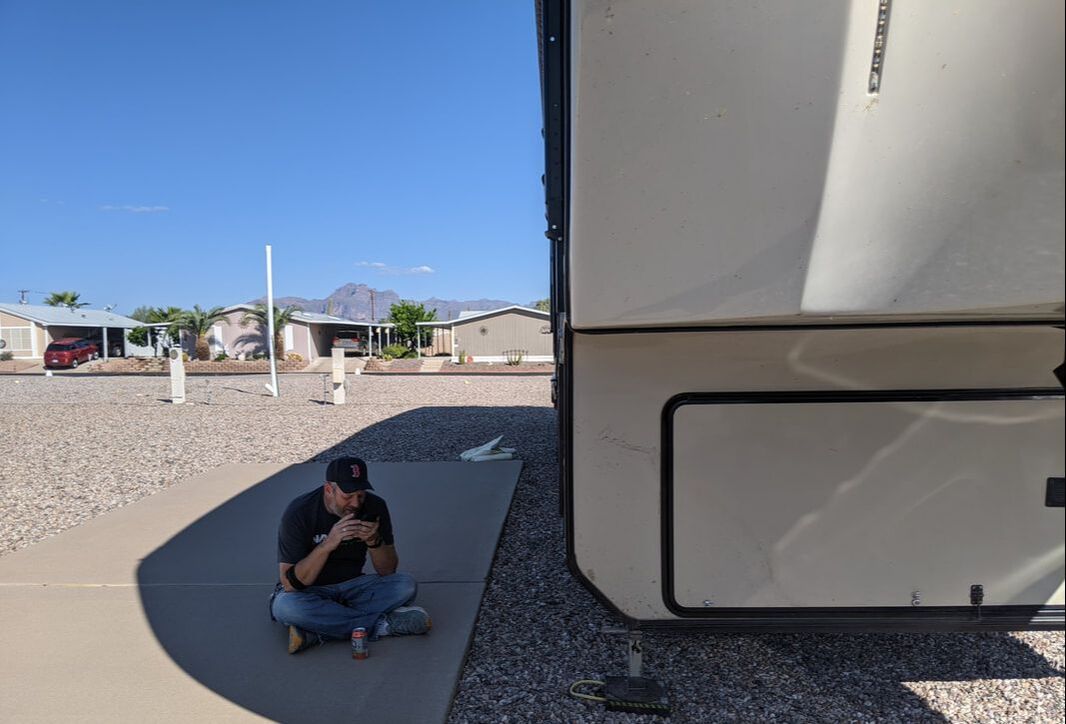
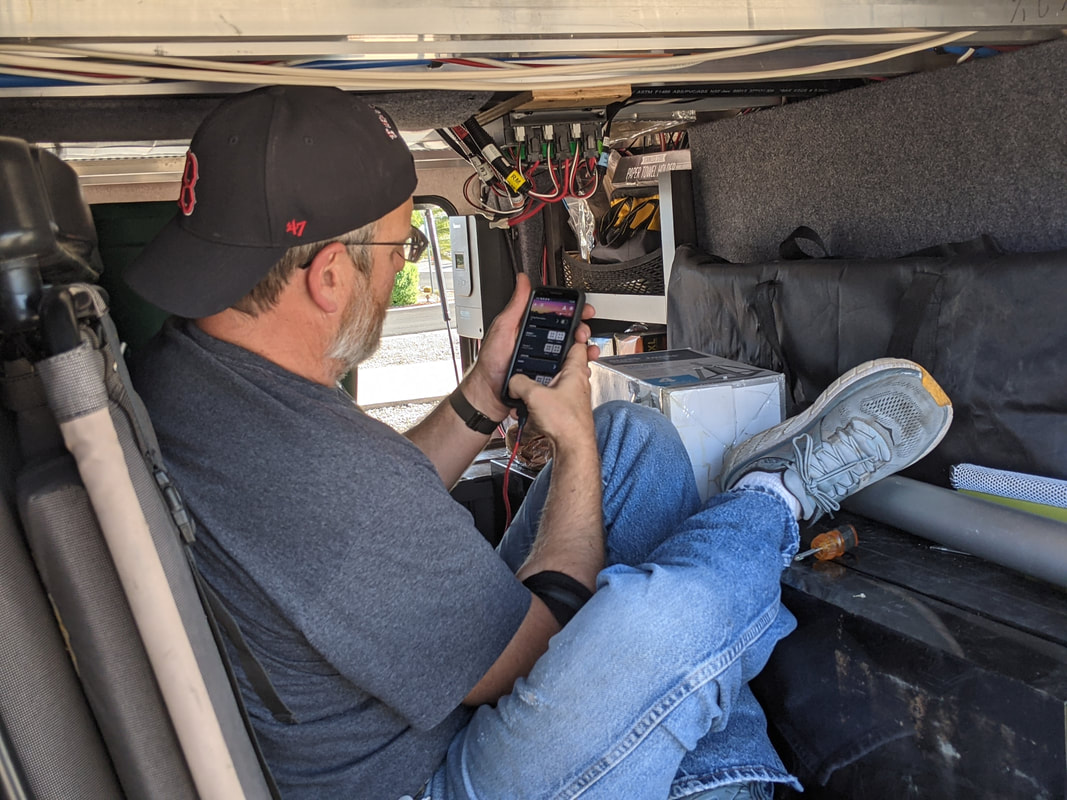
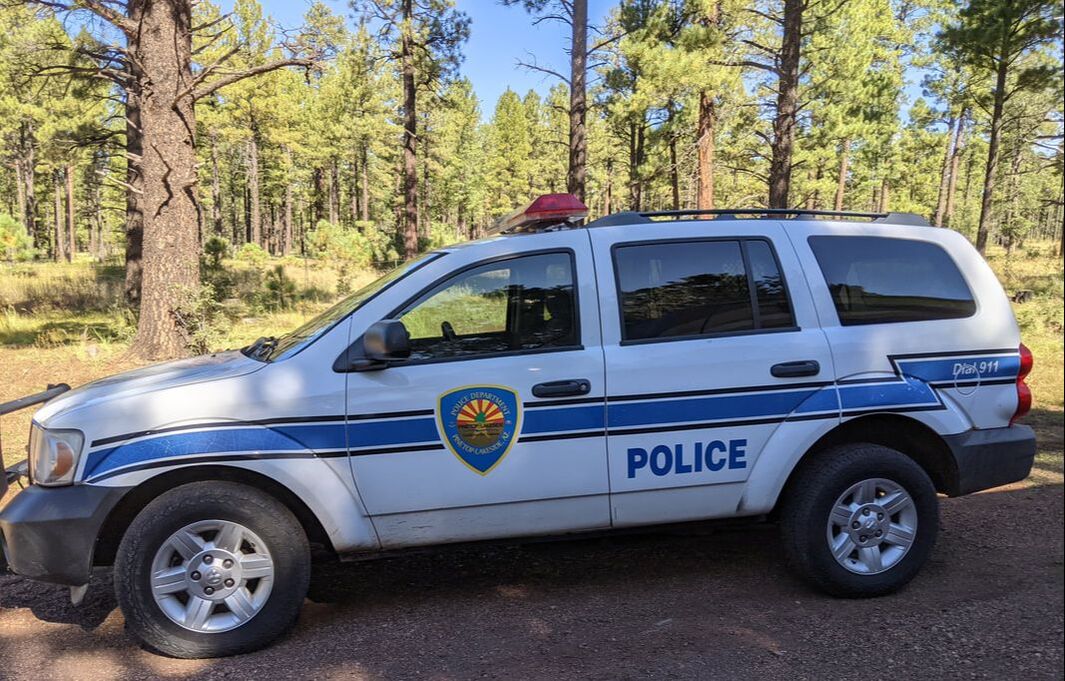
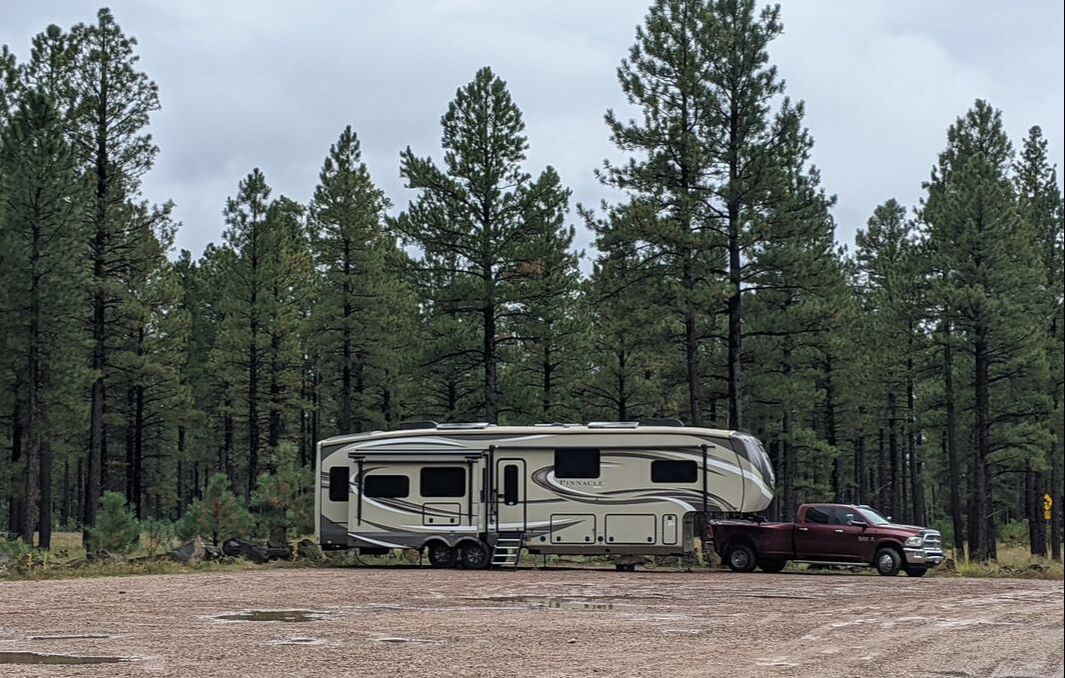
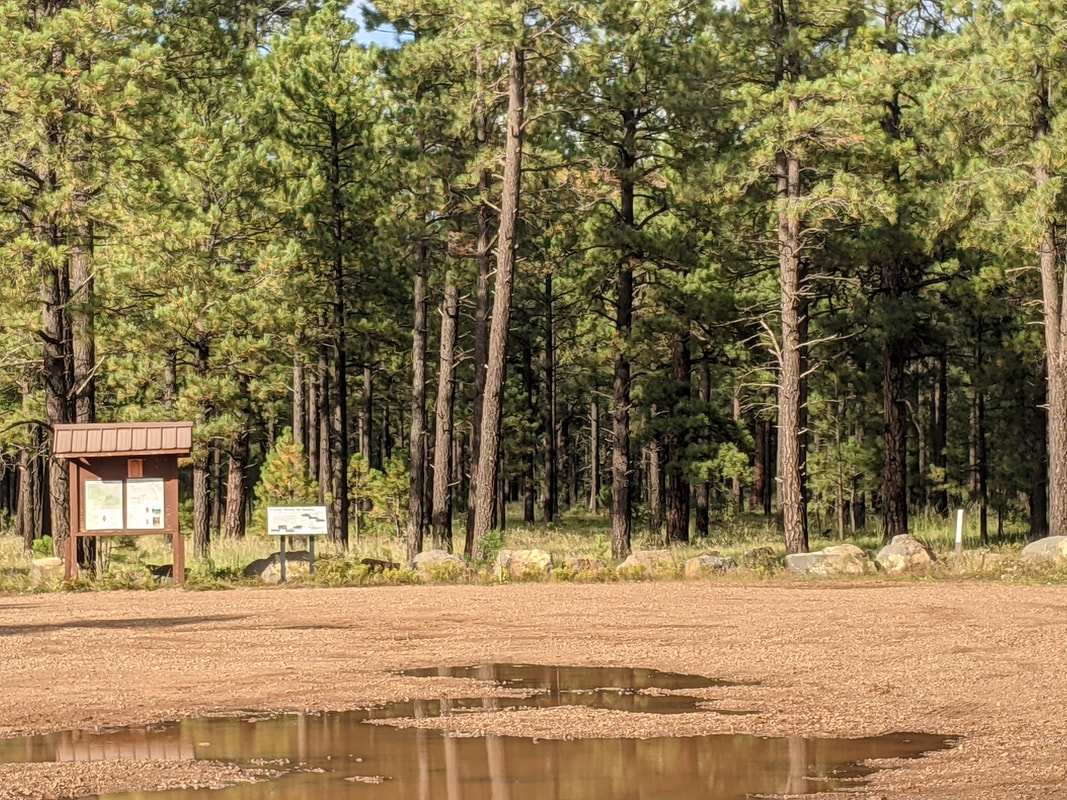
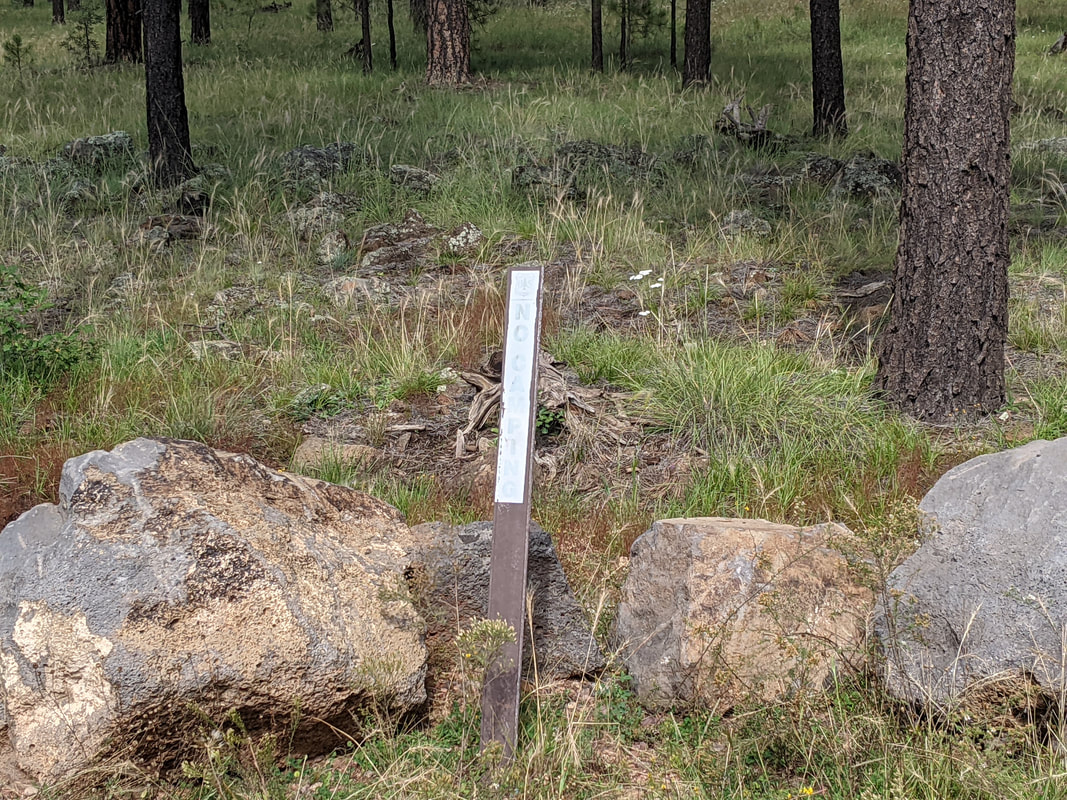
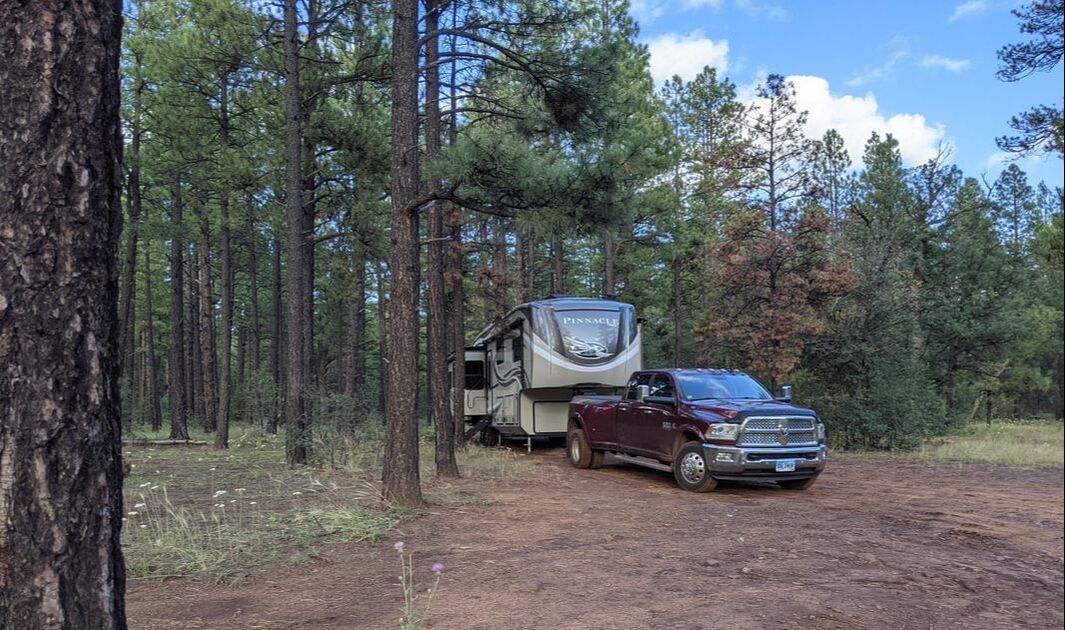
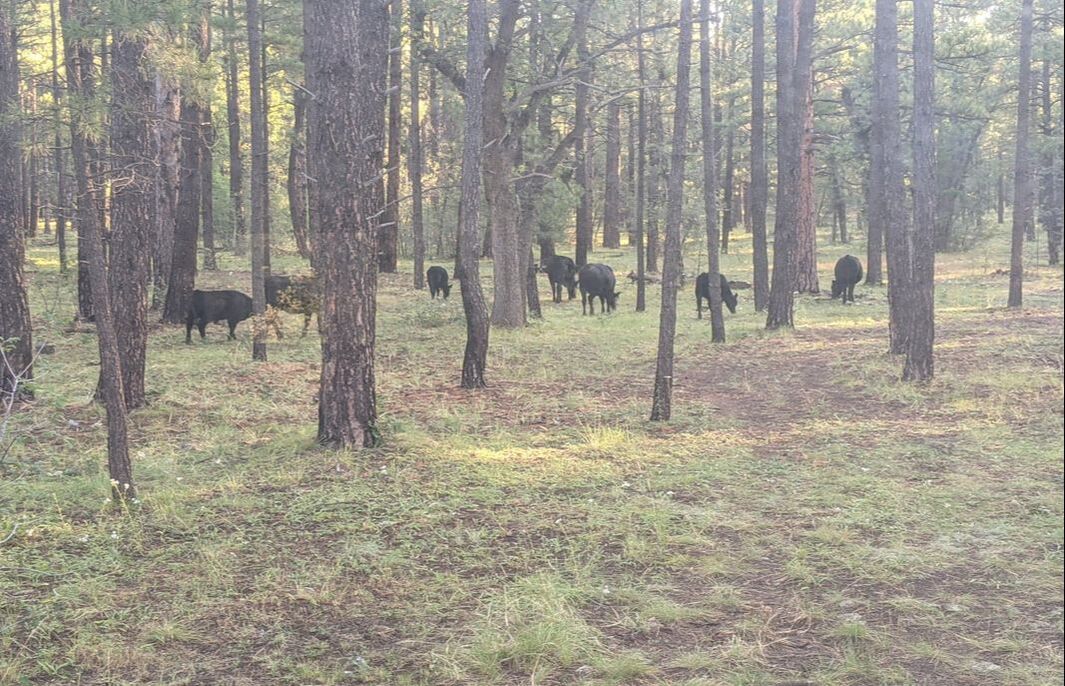
 RSS Feed
RSS Feed